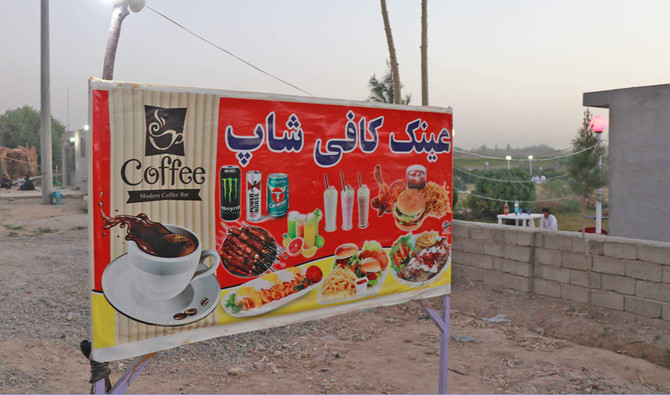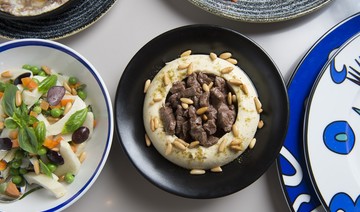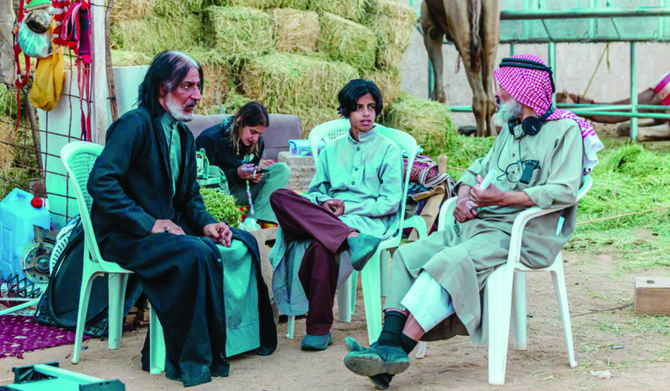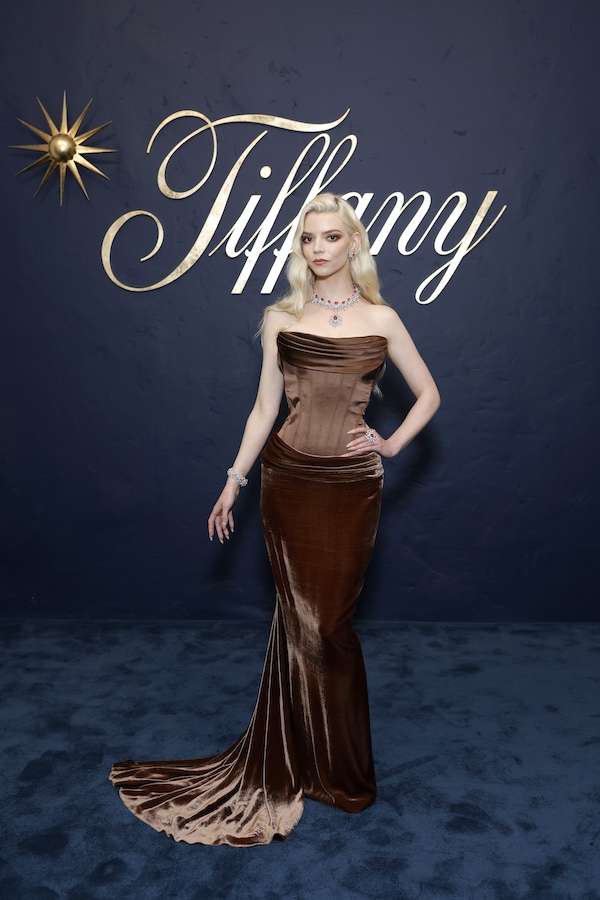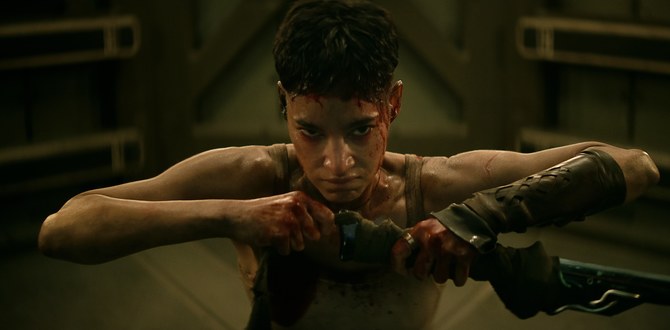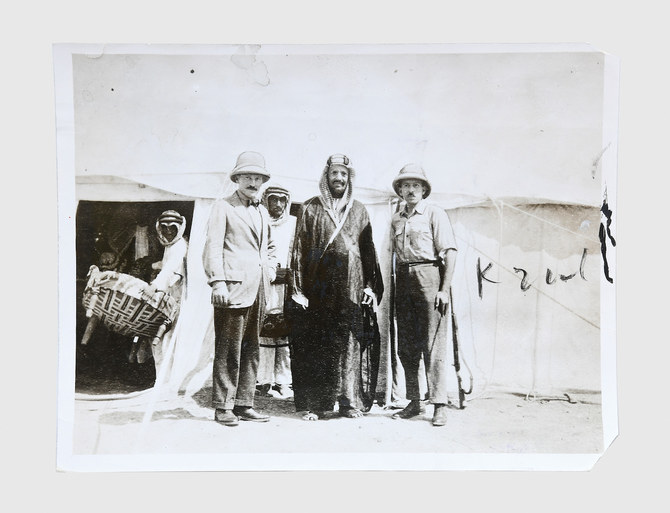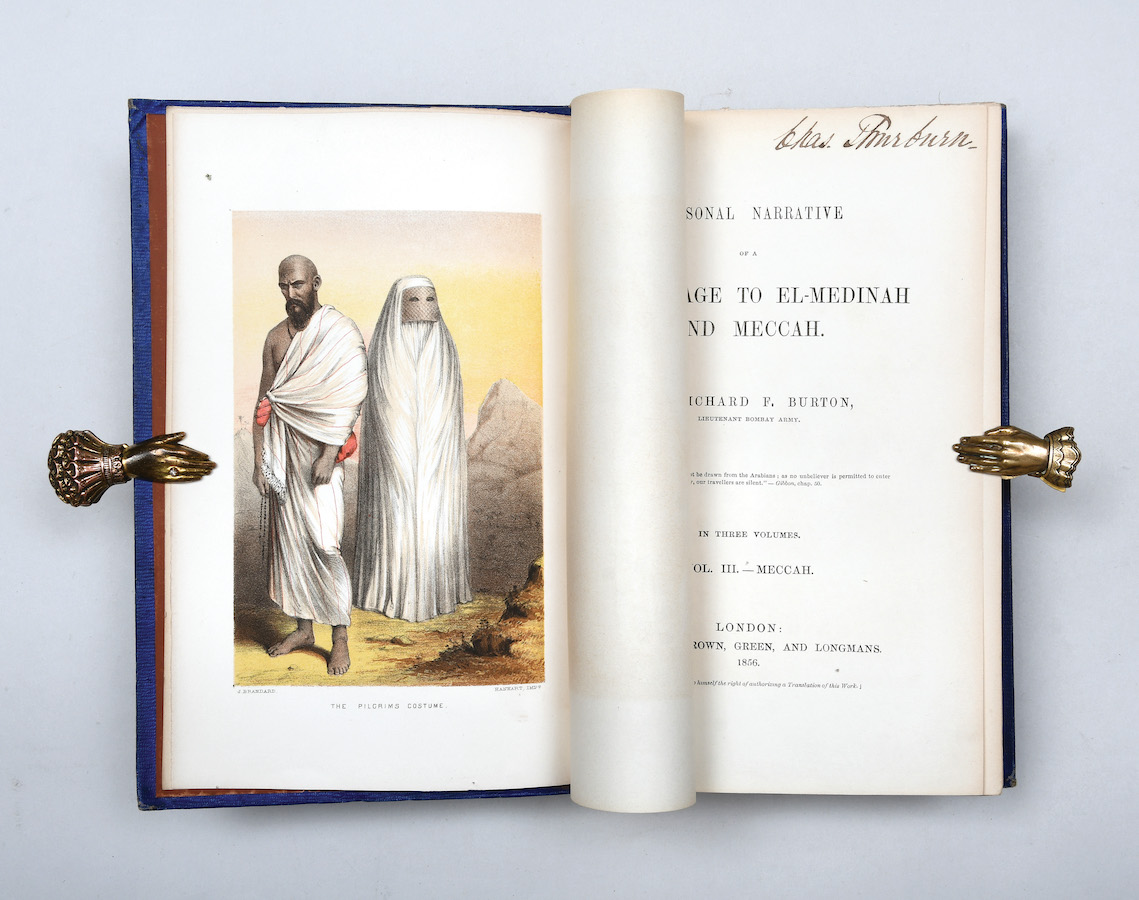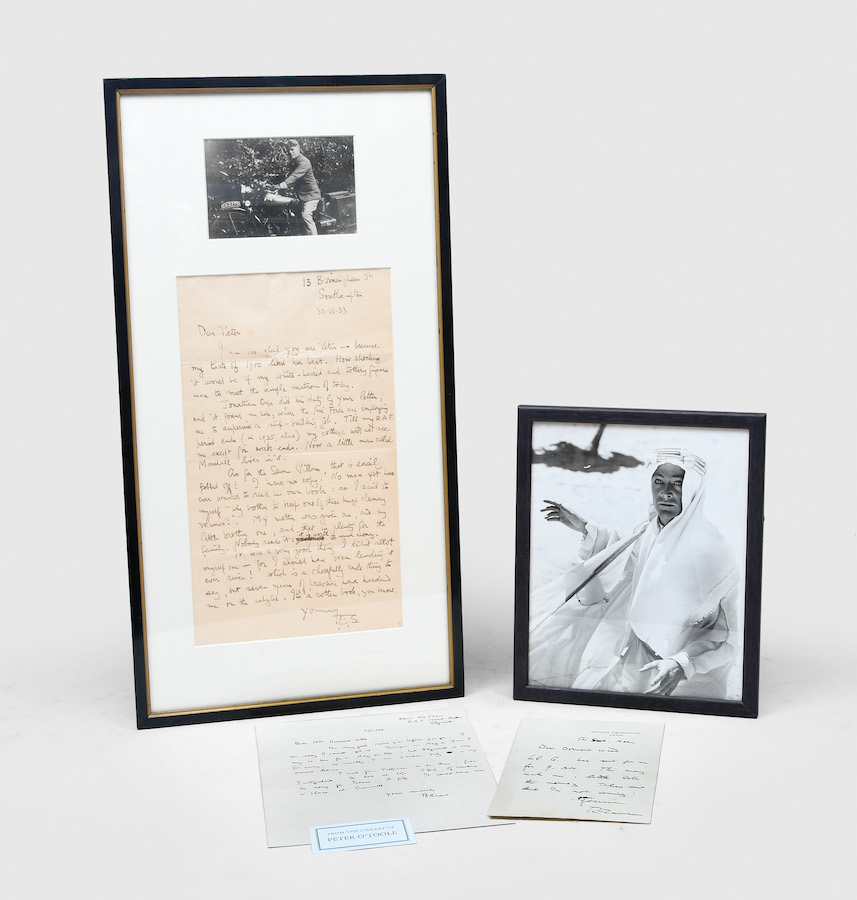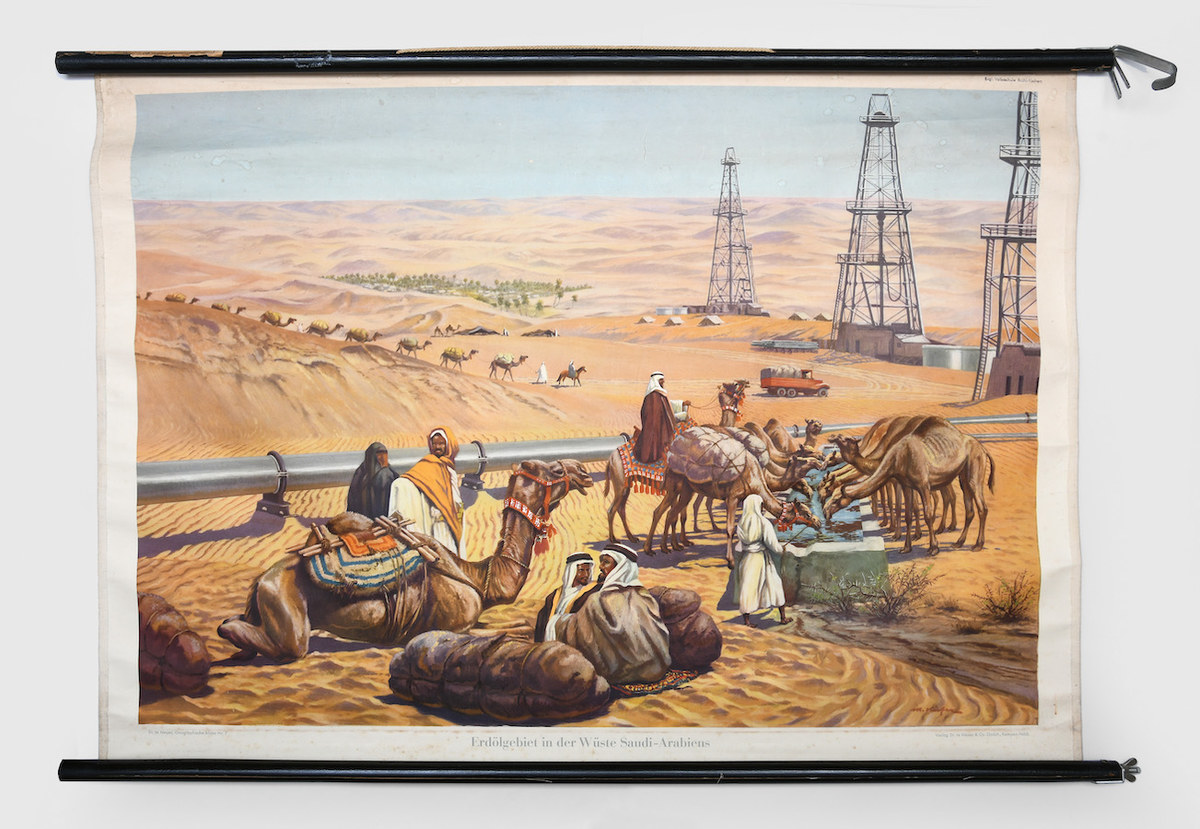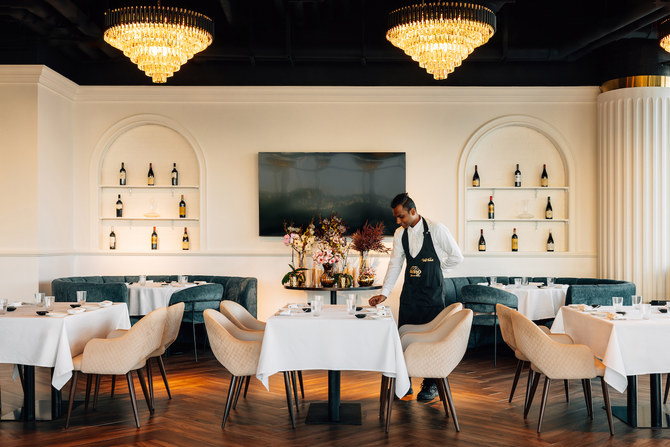HELMAND: Afghanistan’s Helmand province, long notorious for its security challenges, is one of the most dangerous places for foreign forces operating in the country.
The area is also known for its opium trade and has a reputation as a Taliban stronghold. Even today, residents live in a state of perpetual fear since the extremist forces have yet to be fully defeated.
Nevertheless, there is an urge among Helmand’s youth to live and enjoy life. In a socially conservative culture that has left people starved for entertainment, many have discovered the magic of Ayenak Restaurant and Cafe in Nawa district.
The cafe and restaurant were designed for young people who want to forget war, relax and enjoy their evenings at a venue surrounded by a beautiful landscape with the added option of swimming in the river or visiting gardens laden with fruit.
The breathtaking beauty of the place draws visitors from across Helmand and Kandahar. Most come with friends to unwind. The restaurant also offers guests Afghan food, tea, coffee, juices and shisha.
“Our cafe can accommodate about 400 guests at one time. It has a huge yard, cabins and places for people to sit outside,” said Abdul Shakur Alham, the 26-year-old owner of the outlet.
However, Ayenak cafe is not only a tourist attraction but also a symbol of defiance. While many outlets in the main cities offer flavored tobacco and shisha openly, this is the only shop providing the service in an insecure, Taliban-dominated area.
The militant group believes that tobacco is forbidden and followers should avoid such guilty pleasures. Another pastime that can easily offend a Taliban commander is the use of playing cards. Yet the cafe continues to offer these facilities even though the area remains within reach of the militant group.
“Everything is natural in this cafe,” said 23-year-old Abdul Hai Mutmaen. “I like all of it, but shisha is something new for us in this area. I enjoy it a lot.”
Mirwais Bosti, 24, a visitor from neighboring Kandahar, said: “We have many cafes in Kandahar city, but they do not have such lovely weather and picturesque landscape.”
In the 1950s, Helmand was known among Afghans as “Little America.” At the time US engineers and experts worked there to transform the valley along the Helmand River into a modern society. Irrigation canals were built to feed farms that produced large quantities of food for export, helping Afghanistan to earn substantial revenues. New schools, modern hospitals and recreation centers were built and factories were powered by electricity produced at the Kajaki dam.
Model towns emerged in the area with streets lined with trees, and boys and girls went to community pools together. It was not difficult to find clubhouses along the river where one could play cards and consume drinks.
Helmand’s reputation changed after the Soviet invasion when it became a dangerous location for Russians and Afghan communists. More recently, it has also proved deadly to NATO and US forces. However, after decades of death and destruction, the province’s residents want peace and a happy life.
“I invested $13,000 to build this place,” said Shakur. “I’m happy that I’m making a good income from it.”



